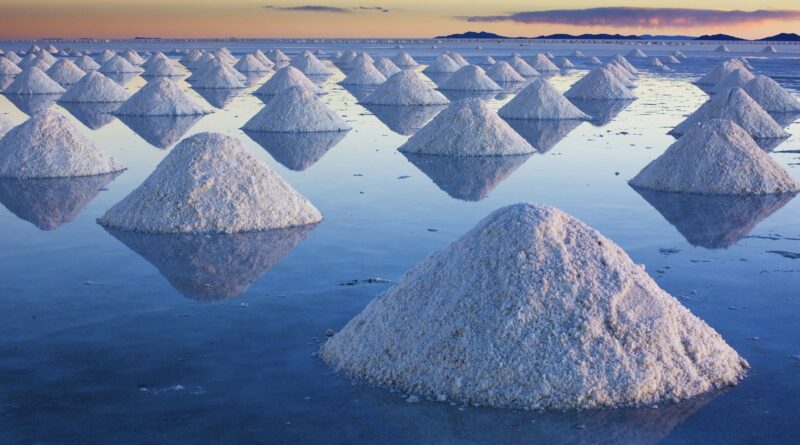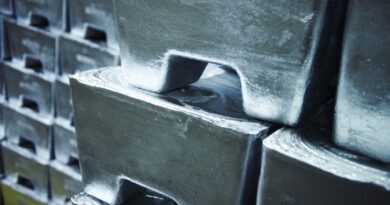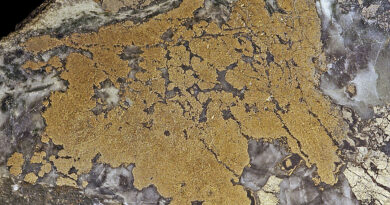Metal cathodes and precursors for battery and EV materials
Lithium-ion batteries are enabling a revolution in the transport and energy sectors, with governments, automakers, utilities, and chemical companies ramping up investment plans to have a place in the clean transport and energy landscapes. Roskill’s team says it covers the entire supply chain from mine to market, with products looking specifically at the upstream and downstream, as well as detailed reports covering entire commodity chains.
The development of the cathode chemistry is one of the key factors that have made the modern Li-ion technology feasible. Like other technologies, patents play an important role in encouraging the technology development of Li-ion battery cathode material manufacturing.
Constant research and development of cathode materials, in line with the growth of the market, have contributed greatly to the substantial improvement of the performance, safety and cost of Li-ion batteries, as can also be demonstrated by the cathode patenting trend.
Formulating and manufacturing of precursor and cathode materials are closely related; with precursor-cathode production stages becoming increasingly integrated in the industry. Additionally, as competition intensifies, Li-ion battery makers have strategically participated in backward integration to the cathode materials manufacturing stage, and even further to precursor materials and raw material supply in some instances.
Last year, metal sulphates (including nickel, cobalt and manganese) are used to synthesize precursor materials by coprecipitation method. Subsequently, the precursor materials and lithium salt are mixed and sintered to manufacture the final ternary cathode materials.
Global growth in mobile electrification, largely driven by the popularity of EVs, will make it essential to have an efficient and sustainable recycling industry to return secondary materials to the supply chain for reuse.
Lithium-ion battery recycling is of great importance not only for industry economics, but also from the environmental and geostrategic perspectives. Nickel and cobalt from the cathode are the two critical metals driving recycling industry in the near term.
Roskill’s cathode report provides a detailed cost breakdown of precursor and cathode materials, showing precursor and cathode cost trend.




